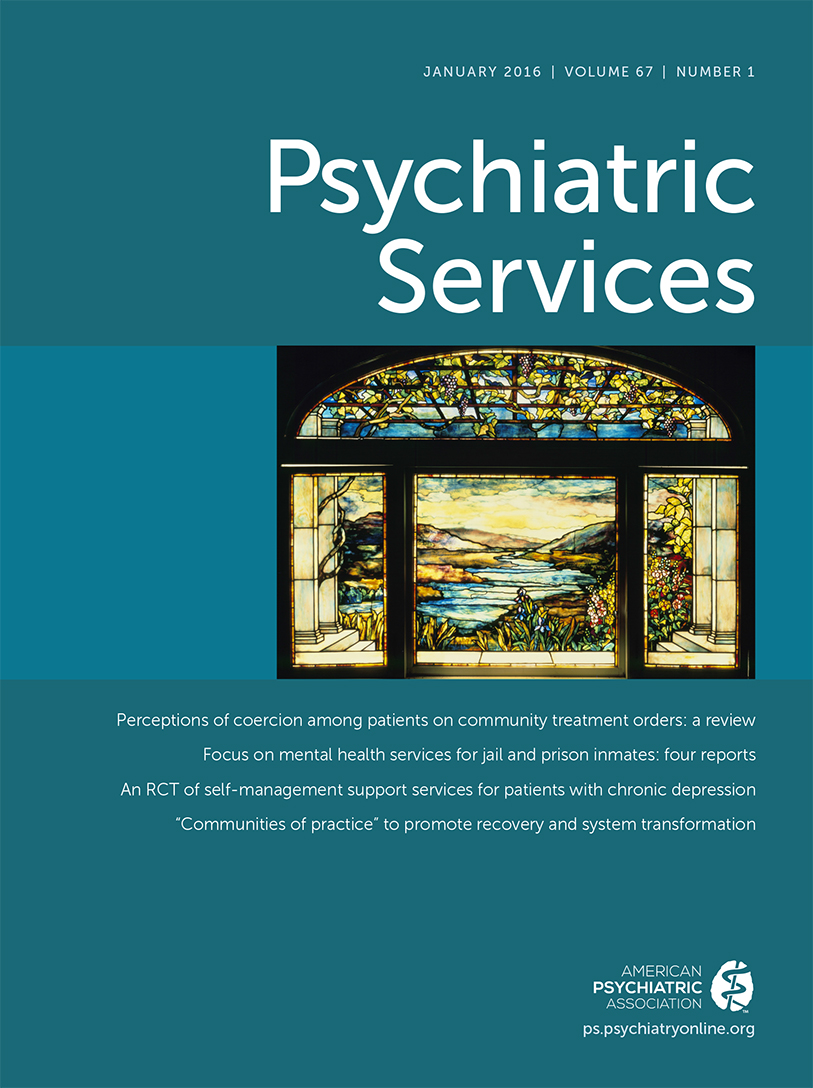Female Veterans in Jail Diversion Programs: Differences From and Similarities to Their Male Peers
Abstract
Objective:
This study compared the demographic, behavioral health, criminal justice, and military characteristics and experiences of female and male veterans participating in criminal justice diversion programs funded under the Substance Abuse and Mental Health Services Administration Jail Diversion and Trauma Recovery program.
Methods:
Data on program participants were collected as part of a national cross-site evaluation. Baseline interview data from 1,025 program participants were analyzed.
Results:
For the most part, there were few statistically significant differences between female and male veterans with criminal justice involvement. However, females reported significantly more sexual trauma, more females had PTSD, and females had more severe PTSD symptoms. In contrast, males reported earlier criminal justice involvement, more males served in military combat, and males had higher rates of substance use.
Conclusions:
Although male and female veterans involved in jail diversion programs share many characteristics, the differences in types of trauma exposure and rates of substance use suggest that programs should include attention to gender in planning program services.



